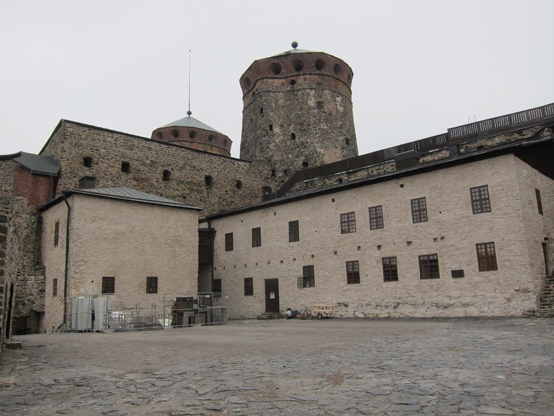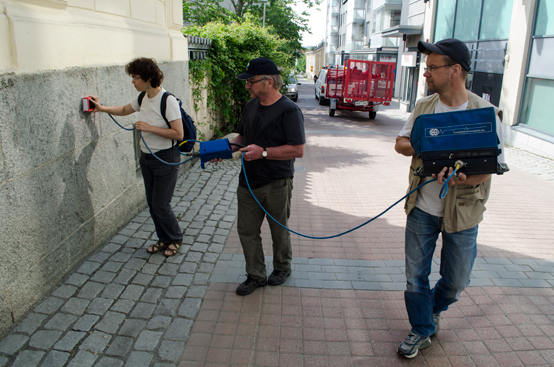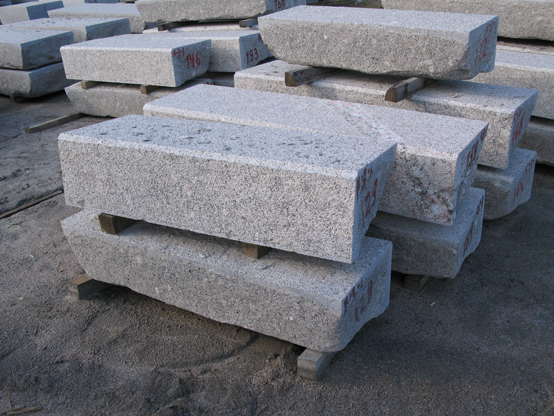Results
Results of the projects embraced the global relevance of the stone in the local society - its traditional and cultural aspects, its durability on site and vulnerability on the market, overridden most often by aliens materials - its value connected to a sustainable and efficient use of responsible management that starts from deposit evaluation and end to a fair trade in the inter-regional market.
Descriptions of stone constructions and stone buildings have been prepared from 4 towns in Finland and two towns from Russia.
The activities performed resulted in practice in the following outputs:
- Creating a base for 3 thesis (bachelor, master and PhD levels)
- Compiling of 2 hand books in use by universities
- Publishing of 4 books
- Compiling of 2 databases
- Creation of 10 town guides on stone buildings supporting cultural matters
- Creation of 8 reports available online
- Participation in 12 conferences in which has been done several presentations of different activities
- Publishing of 27 articles
- Involving the producers in 4 workshops/presentations
- Organizing Excursions for project participants and steering group, for schools and university students
- Individuating a new natural stone prospect in Finland, Nopala
The trade aspects, the best practices, deposit evaluation and the education activities carried out by universities affected few hundred of people directly but the impacts are magnified by the fact that the persons involved are promoting and carrying their knowledge in future activities. Scientific dissemination reached easily thousands of researchers working in the sector. Probably even higher is the interest from a cultural point of view.
Heritage – Olavinlinna - photo P.Härmä, Measurements/Kuopio - photo J.Toivanen, New production - photo H.Pirinen






 Historical buildings database:
Historical buildings database: 
